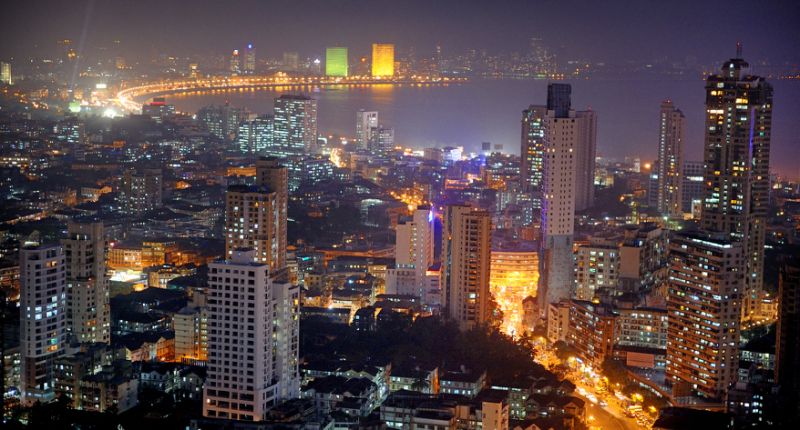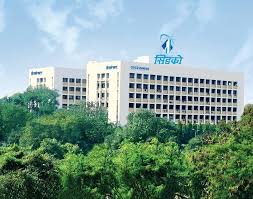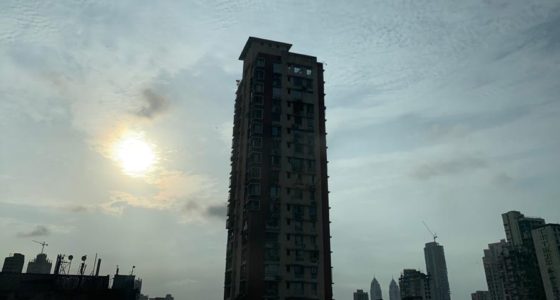Nightlife in Mumbai, will come into existence from tomorrow. It will bring in more job opportunities to the city. The biggest draw is more jobs and also revenue.
By Varun Singh
Nightlife in Mumbai as a concept shall come into force from Monday. Though the concept that Mumbai never sleeps has been in existence since time immemorial. We see many positives, that Nightlife shall bring in with it.
The new concept of Nightlife in Mumbai for which Aditya Thackeray has been continuously fighting throughout this decade is very different than what the common Mumbaikar is expecting. From January 27, select malls, eateries, multiplexes and some other retail establishments can remain operational 24/7.
To begin with, only a few establishments will actually remain open all through the night, and it is strictly optional. The state government has also mandated that establishments operating round the clock will need to comply to certain set guidelines, or lose their licenses.
Employment opportunities in the city shall rise. Which is a good thing seeing the current scenario. Anuj Kejriwal, MD & CEO – ANAROCK Retail, says that, Elsewhere in the world, this approach has worked quite well on that front. According to available data, employment in London rose perceptibly on the back of its night-time industries. Between 2001 and 2017, this sector grew by 2.2% a year compared to the overall growth of 2%.
Apart from this, the state government will also generate additional revenue. As those who have been avoiding shopping at retail outlets because of the crowd during the day, and weekends will opt for the nightlife shopping.
Kejriwal points out that, it will be interesting to see, how the e-commerce industry will compete with the Nightlife scenario allowing retail outlets to function throughout the day and night.
The impact of Mumbai Nightlife shall be location dependent. Retail outlets, multiplexes and eateries near offices that operate 24/7 will be there customers.
With positives comes negative too, though in this case they can be over come.
For example the biggest negative that people are talking about is about Law and Order situation when Nightlife kicks in.
Anyone who has stayed in Mumbai knows that every street of Mumbai is patrolled in night. Mumbai sees more police on the streets of the city in the night than day.
The other question is about commuting of the additional workforce during the night. Mumbai locals are mostly operational except for the few hours post midnight when they close down. BEST bus services are operational too in the night.
Mumbai has many offices that work throughout the night and has pick and drop services, hence the concept of commuting in night is not alien to Mumbai.
Kejriwal says, “The need to up the ante on basic civic facilities like water and electricity during the wee hours is a given. Round-the-clock retail activity and accompanying footfalls will significantly increase the requirement of these utilities.”








